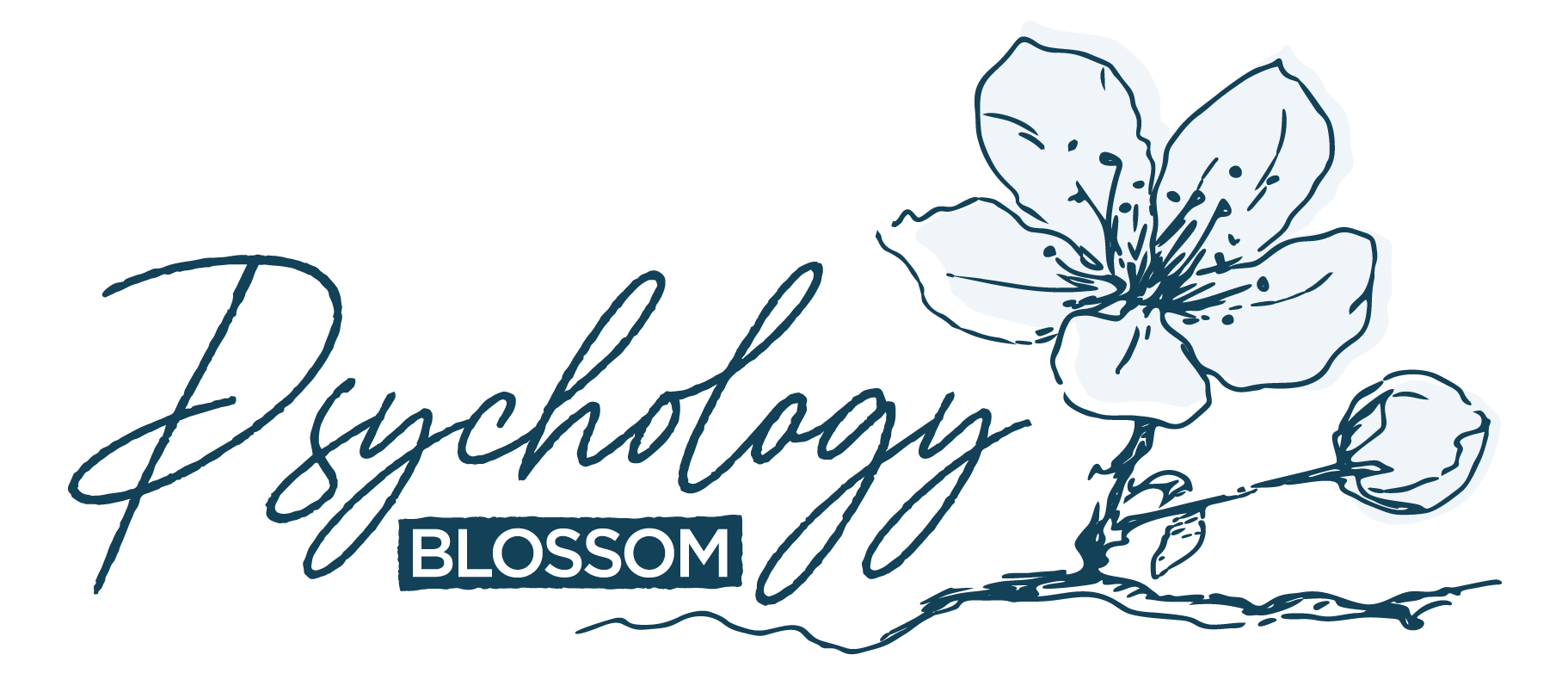Dialectical Behaviour Therapy (DBT)
Dialectical Behaviour Therapy (DBT) is a type of Cognitive Behavioural Therapy (CBT) which focuses on self-acceptance and changing unhelpful thoughts and behaviour. DBT was initially designed for Borderline Personality Disorder (BPD) but has now expanded to treat a wide range of mental illnesses.
DBT uses validation and dialectical thinking, which refers to combining opposing viewpoints, to change self-destructive thoughts and behaviours of those trying to cope with their distress. In DBT, these opposing viewpoints refer to the acceptance and change of our thoughts and behaviours. Clients learn to understand that their thoughts and the way we act are valid and should be accepted, while learning to change those that are unhelpful.
Techniques Used in DBT
✽ Skills Training in Groups
Learning behavioural skills in a group setting, which can involve role play.
✽ Individual Therapy
One-on-one therapy sessions where personal goals and behaviours are discussed.
✽ Telephone Crisis Coping
DBT occasionally involves telephone conversations between client and therapist between sessions, usually when the client is in need of support or facing an immediate crisis.
✽ Homework
Therapists usually request that clients keep a record of the emotions and coping methods used throughout the day. This helps clients and therapists identify patterns and areas that need to be worked on.
Skills Taught in DBT
✽ Core Mindfulness
Living in the present and focusing on the now. This helps with slowing down thoughts when overwhelmed and face situations without judgement.
✽ Distress tolerance
Acknowledging our inability to control situations. Switching our mindsets from “This isn’t fair!” to “This happened beyond my control, so let me see what I can do about it.”. This shift in mindset improves how we deal with negative emotions and avoids self-destructive behaviours.
✽ Interpersonal effectiveness
We learn to be assertive, yet sensitive to those around us and let them know what we need clearly (e.g. time together, music).
✽ Emotion regulation
We can better identify and anticipate our intense emotions and explore ways to shape our behaviour and manage our emotions.
When is DBT Used?
Overall, DBT begins the very difficult process of accepting rather than constantly berating yourself for who you are. With DBT, we learn to accept what we cannot change and replace negative thoughts and behaviours with healthier ones. Although it is a big time commitment and not an easy fix, DBT has been proven to help people struggling with mental illness find healthier and more positive mindsets.
DBT can be especially helpful for individuals who experience:
- Attention Deficit Hyperactivity Disorder (ADHD)
- Bipolar Disorder (Mood Disorder)
- Borderline Personality Disorder (BPD)
- Suicidal Ideations
- Obsessive Compulsive Disorder (OCD)
- Post-Traumatic Stress Disorder (PTSD)
- Major Depressive Disorder (MDD)
- Eating Disorders
Small Changes You Can Make Today
While considering if DBT might be for you, here are some changes that could help you cope in the meantime:
- Instead of self-harm, try placing ice above the intended area to feel the similar numbing feeling, or talking to someone you are close to.
- Instead of substance abuse, try exercising or drinking tea to relax.
- Try meditation and resting more when you feel agitated.
